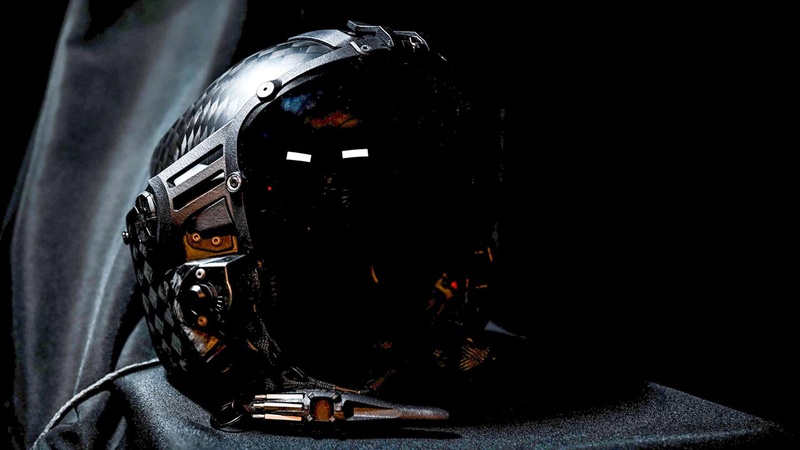Five pilots from the 301st Fighter Squadron, a Reserve unit affiliated with the 43rd Fighter Squadron, are using a new helmet. The helmet is lighter, cooler and more equipped than their previous one.
The goal of the NGFWH program is to create a stable and balanced platform for pilots to comfortably use helmet-mounted devices, without causing discomfort or strain to their necks.
“It is common knowledge fighter pilots have long term neck and back issues,” said Maj. Brett Gedman, from the 301st Fighter Squadron. “Therefore, having a lightweight helmet, designed with the operator in mind, will have positive long-term impacts on the health of our fighter pilots during and after service.”
These tests are the second round of developmental testing being conducted on the NGFWH, the helmet manufactured by LIFT, after it was awarded a contract in 2022. The NGFWH is intended to replace the current HGU-55 model which is over 40 years old and currently used by all Air Force aircrew, except F-35 flyers.
The pilots give feedback about the wearability, visibility, communication, and other aspects after each flight. This data is collected by engineers and provided to the manufacturers. Currently, the feedback is mostly positive with only minor adjustments needed.


The United States Air Force formally announced that LIFT Airborne Technologies was the final winner of the multi-year Next Generation Fixed Wing-Helmet program in July, 2022.
“The design of the helmet allows for unparalleled visibility, mobility, and comfort in the cockpit,” “The increased visibility combined with the mobility it provides made it a massive improvement over what I am used to flying with. It is clear this has been a generational leap in technology that the fighter pilot deserves, which is long overdue.”
Gedman said those factors are critical when operating in a high-G within visual range environment.
“With near peer threats narrowing the gap daily, it is critical the fighter pilots have every tactical advantage possible,” said Gedman. “Details matter, and it is coming down to the smallest details including the gear we wear.”
The new helmet not only benefits Air Force aircrew but also impacts Aircrew Flight Equipment technicians who are in charge of preparing, equipping, and maintaining the helmets for the aircrew.
The new helmet now comes with standard features like night-vision goggle mounts and an adjustable occipital basket. In contrast, with the old HGU-55 helmet, these features had to be added manually, adjusted and customized for each aircrew member. Doing so took hours of preparation. To attach a NVG mount to the HGU-55 helmet, an AFE Airmen would have to use power tools to drill into the helmet to secure the bracket.
“From a pre-flight and build up standpoint, the new helmet is much better,” said Airman 1st Class Matthew Crouse, a 325th Operations Support Squadron AFE technician responsible NGFWH maintenance during the testing here. “It makes our job much easier in the long run, but because its so easy to adjust, we can make corrections if they are needed.”
Soon, the Raptor squadrons at Eglin will leave for Joint Base Langley-Eustis, Virginia. The test engineers will follow for another round of testing with new pilots. The helmets will also be tested on other aircraft and aircrew, starting with the HC-130J and B-1B Lancer.
Source: Defence Blog

